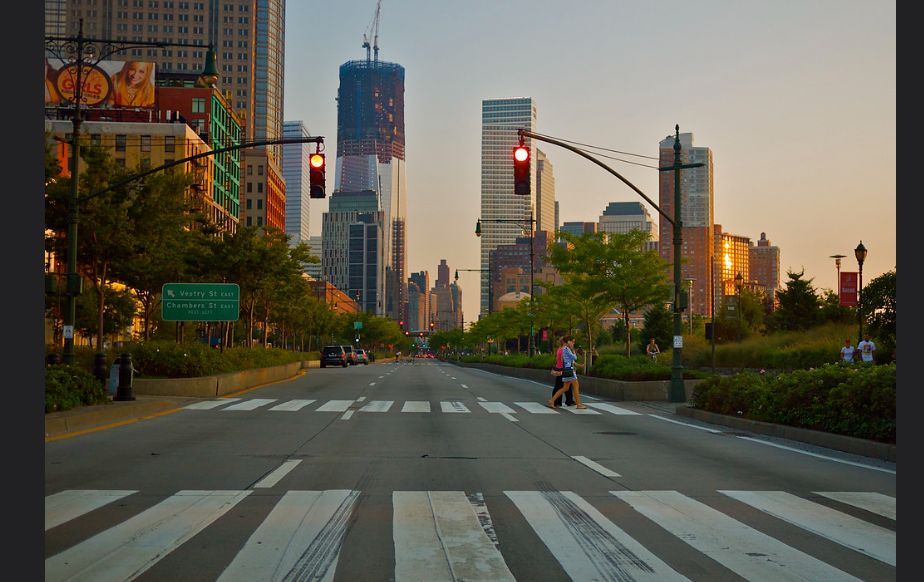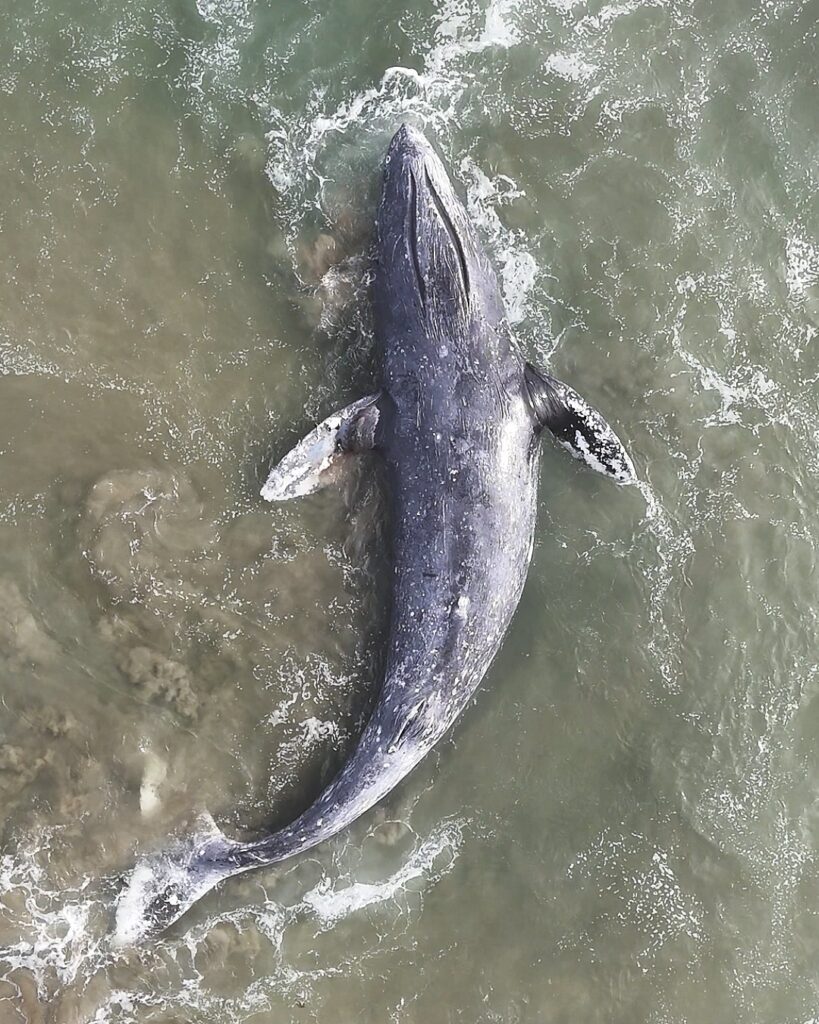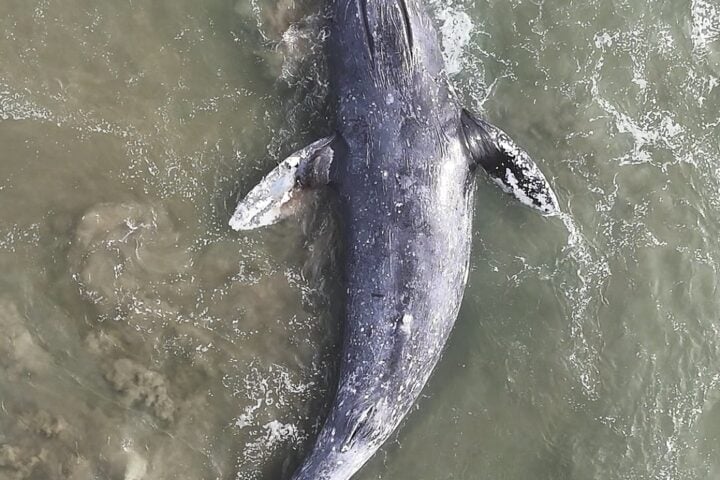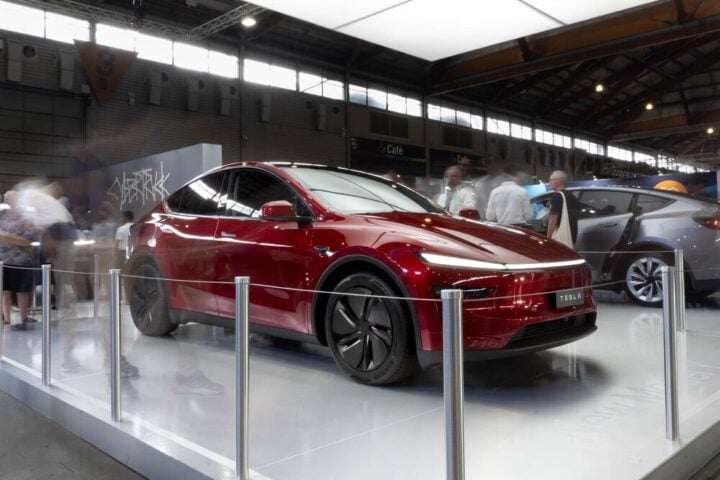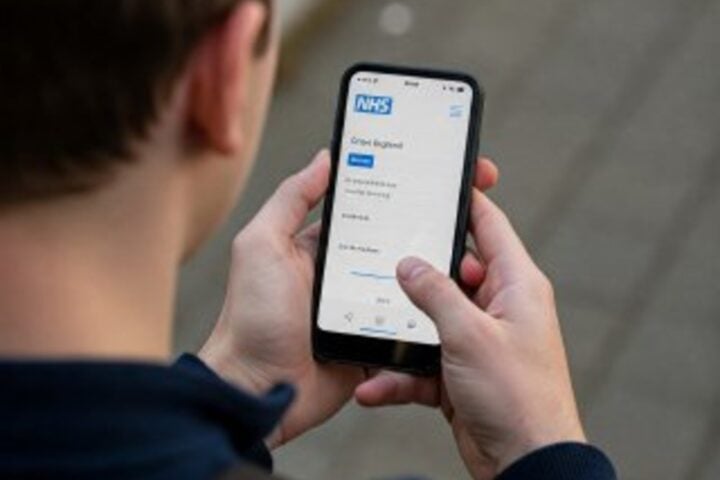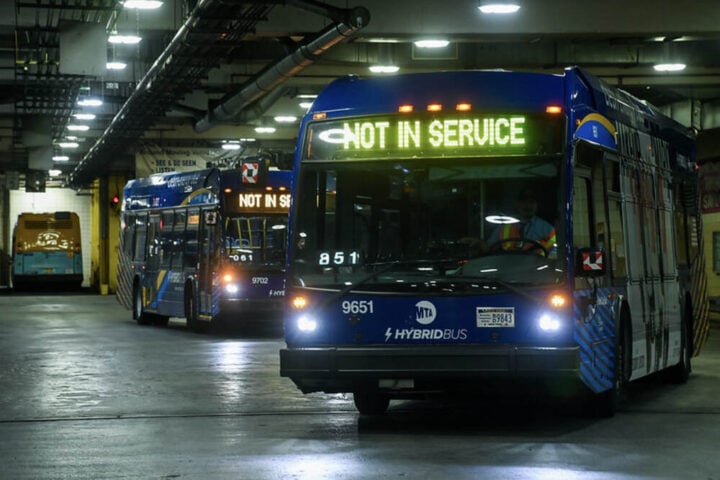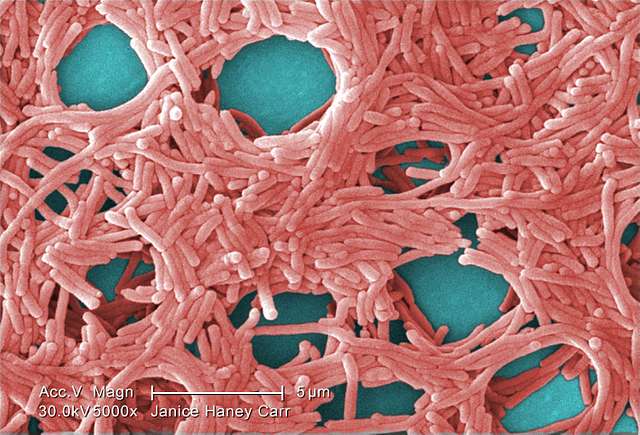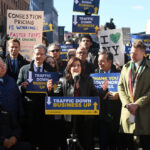New York’s $9 congestion toll has become the center of a high-stakes battle between state officials and the Trump administration, with Governor Kathy Hochul ignoring another federal deadline to end the program.
The toll, which began January 5, charges vehicles entering Manhattan below 60th Street. It’s the first congestion pricing system in the nation, designed to reduce traffic and fund public transit improvements.
The Metropolitan Transportation Authority (MTA) expects significant revenue from the toll, which early data suggests has already reduced vehicle traffic and improved bus travel times in the congestion zone.
But federal opposition has been fierce. U.S. Transportation Secretary Sean Duffy called the toll “a slap in the face to working class Americans and small business owners,” reflecting the administration’s concern about financial impacts on commuters and businesses.
The Trump administration rescinded previously granted federal approvals and set an April 20 deadline for New York to end the toll – the second such deadline after a previous March 21 cutoff was extended during negotiations.
The legal battle has intensified, with the MTA filing a lawsuit in February challenging the federal government’s authority to revoke the approvals. On Friday, both city and state Departments of Transportation joined the lawsuit.
“Despite the Administration’s ‘royal’ decree, its effort to summarily and unilaterally overturn the solution to the City’s congestion enacted by New Yorkers’ elected representatives is unlawful and invalid,” states the amended complaint.
Despite an agreement in court allowing the toll cameras to remain active until fall, the U.S. Department of Transportation insisted Saturday it’s standing by the April 20 deadline.
“The deadline is April 20th, and we expect New York to comply and terminate this program,” an agency spokesperson said. “USDOT will continue to fight for working class Americans whose tax dollars have already funded and paid for these roads.”
Rep. Nicole Malliotakis (R-Staten Island), who has filed her own lawsuit against the tolls, criticized the Hochul administration for pushing through congestion pricing without completing what she described as a “full” environmental study.
“It’s not the first time the governor has violated our laws, right?” Malliotakis said Saturday. “Whether it’s the sanctuary [city policies], state policy, whether it’s ignoring federal directives, this is just another example of how it’s rules for me, not for thee.”
Similar Posts
The federal government’s exact enforcement plans remain unclear. The USDOT previously posted it would “not hesitate to use every tool at our disposal” but hasn’t provided specifics.
Malliotakis suggested that the Trump administration could consider “withholding certain federal funds, for projects within Manhattan, within the congestion zone. Maybe the Second Avenue subway [expansion project], for example.” This remains her suggestion rather than confirmed policy.
Meanwhile, New York City Mayor Eric Adams has maintained a complex position, growing closer to Trump in recent months while remaining lukewarm on congestion pricing. His administration’s decision to join the lawsuit comes just two weeks after his federal corruption case was dropped.
The Mayor’s office released a statement saying: “We also want to be sure our subway and bus system has the funds it needs, and the state should be able to make independent assessments of how to raise those funds.”
In a related development, the Trump administration has taken control of the $7 billion Penn Station reconstruction project from the MTA. Transportation Secretary Duffy claimed the move “will save taxpayers approximately $120 million,” though the specifics of these claimed savings weren’t detailed.

“New York City deserves a Penn Station that reflects America’s greatness and is safe and clean,” Duffy said. “The MTA’s history of inefficiency, waste and mismanagement also meant that a new approach is needed.”
Legal experts expect the congestion pricing battle to continue through the courts for months, potentially reaching higher courts. The outcome could have far-reaching implications for transportation policy in other major cities considering similar congestion pricing plans.
